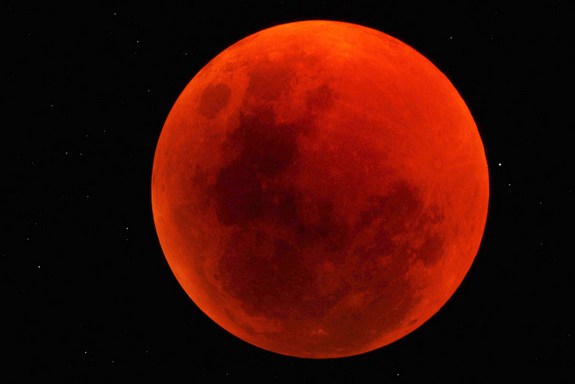There have been hundreds of movies made about extraterrestrial life from The Arrival to Mars all of which can be found in the SciFi category of Amazon or Netflix. What if now those movies are transformed into documentaries?
There have been several missions to Mars to determine if life existed. In 2011 NASA’s launched Curiosity, a roving robot that found traces of methane in the Martian atmosphere. Methane gas is a sign of life in some form existing on Mars. The rover also discovered multiple environments in a lake on Mars that might support several types of microbial life.
A new active mission, ExoMars Trace Gas Orbiter, launched in March of 2016 and entered Mar’s orbit in October of 2016. The mission’s objective is to continue to search evidence of gases that are signs of active biological processes and to investigate the mechanism of its release. We will have the final data from this mission in 2022.
In 2020, the European Space Agency (ESA) plans to launch the European Rover to Mars to search for signs of life and to understand the history of the planet. In February of 2017, the third Landing Committee considered eight landing candidate sites with arcane names: Columbia Hills (a small area of hills and mountains in Washington state, and now Mars), Eberswalde (a town in Germany), Holden, Jezero (meaning lake in Croatian and Czech), Mawrth (meaning Mars in Welsh), Melas (meaning black in Ancient Greek), NE Syrtis (a dangerous shallow of the coast of Africa), and Nili Fossae. Several Mars 2020 engineers were part of the committee to ensure efficacy of the landing and mission of the rover. The top landing sites are those that minimize challenges of engineering and science operations, including drive distance and temperature extremes. Extreme temperatures limit time available for driving and correct operation of scientific instruments. High surface temperature may also lead to sample degradation as the cache (collection of samples) makes its return to Earth.
The top two sites chosen were the Jezero Crater and NE Syrtis because of their well-defined environments and optimal geological diversity. A third site, Columbia Hills, was ranked lower than the previous two, but the committee agreed to retain it due to the possibility that it contains remnants of ancient life.
The challenge for Mars 2020 is to select a site that optimizes opportunity to harvest significant data is complex and challenging. The man on the moon could soon be the man on Mars.





